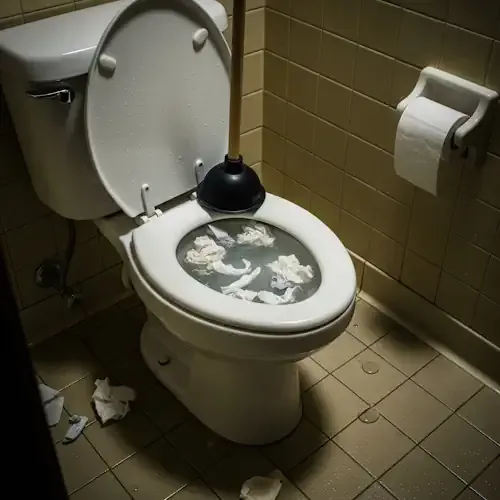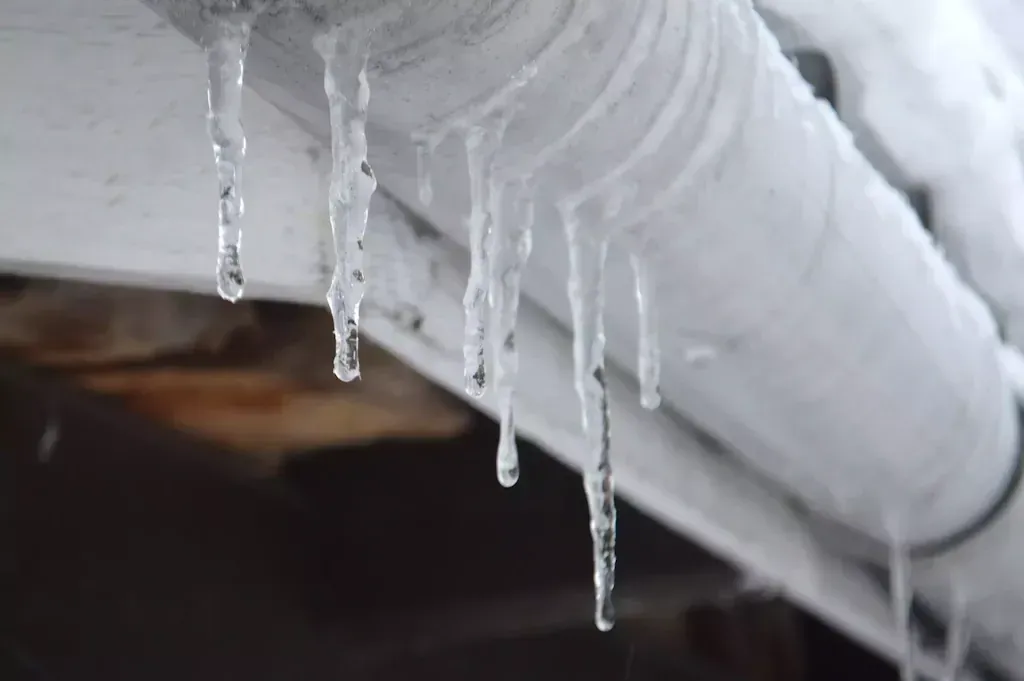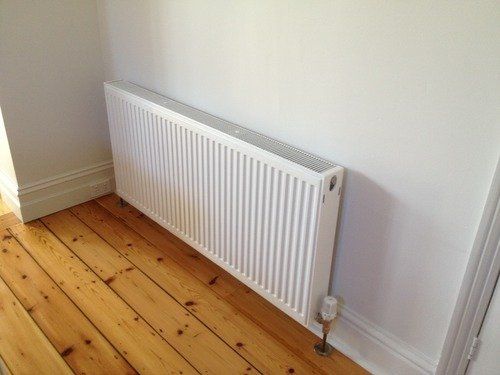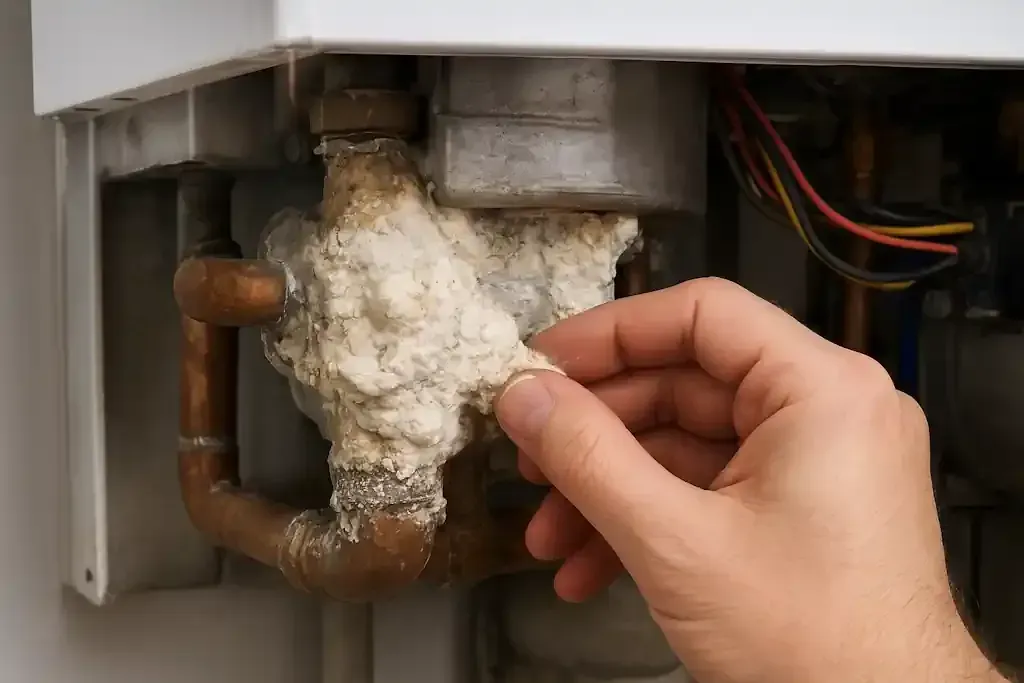How to Unblock a Clogged Toilet
What should I do if my toilet is clogged?
That heart-sinking moment. You flush, and instead of disappearing, the water starts to rise!
We’ve all been there. A blocked toilet is one of the most common and frustrating household plumbing problems.
But don't panic! Most toilet blockages can be sorted out yourself with a bit of know-how and some basic household items.
When faced with a blocked toilet, it's essential to know how to handle the situation quickly and effectively.
As professional plumbers, we’ve seen it all. We will walk you through the exact same steps we’d consider, from the gentlest methods to the more heavy-duty tricks, to get your toilet flowing freely again.
First Things First: Don't Make It Worse!
Before you try anything, follow these golden rules to prevent a minor problem from becoming a major mess:
- Stop Flushing: If the bowl is already full, flushing again will only cause it to overflow onto your bathroom floor. Resist the urge!
- Protect Your Floor: Lay down some old towels or a stack of newspapers around the base of the toilet. Splashes can happen.
- Put on Gloves: A sturdy pair of rubber gloves is a must. You’re dealing with waste water, so protect yourself.
- Ventilate the Room: Open a window or turn on the extractor fan.
5 Ways to Unclog a Toilet
The first step is to assess the severity of the blockage. If the water is rising rapidly or overflowing, turn off the water supply to the toilet to prevent further damage. If the clog is not severe, you may be able to resolve it yourself using one of the methods described below.
Method 1: The Washing-Up Liquid & Hot Water Trick
This is the gentlest method and surprisingly effective for blockages caused by too much toilet paper or organic waste. It’s the best place to start. Hot water can help dissolve and loosen clogs caused by grease or waste build-up, and washing up liquid or any liquid soap can help dissolve the grease.
What you’ll need:
- A generous squirt of washing-up liquid (any brand will do)
- A bucket of hot water (hot from the tap is fine for this)
- Floor towels
Here’s what to do:
- Squirt the Soap: Pour a reasobaly large amount of washing-up liquid into the toilet bowl. The soap is denser than water and will sink to the bottom, helping to lubricate the blockage.
- Wait a Moment: Give it about 10-15 minutes to work its magic.
- Add Hot Water: Carefully pour the bucket of hot water into the bowl from about waist height. The force of the water combined with the heat can help dislodge and break down the clog.
- Be Patient: Leave it for another 20-30 minutes. If you see the water level start to drop, you’re in luck! Give it a test flush. If it clears, you're done.
Method 2: Plunging (It's a Classic for a Reason)
If the soap trick didn’t work, it’s time for the plunger. Make sure you’re using a large, bell-shaped or flange toilet plunger, not the small, flat-bottomed sink plunger. The right tool makes all the difference.
What you’ll need:
- A proper toilet plunger
- Rubber gloves and floor towels
Here’s what to do:
- Get a Good Seal: Place the plunger in the bowl and ensure it completely covers the drain hole. If there isn't enough water in the bowl to cover the bell of the plunger, add some hot water from a bucket. A good seal is vital.
- The First Plunge: Push down gently at first. This initial push is to get the air out from under the bell.
- Plunge Vigorously: Now, begin plunging vigorously in and out, maintaining the seal. You are using water pressure to force the blockage through, so be firm.
- Repeat: Do this for about 20-30 seconds. On the final pull, break the seal with a sharp upward tug.
Check Your Work: The water should rush down the drain. If it’s slow, you might need another round of plunging. Once it seems clear, give it a cautious flush. If waste has spilt, clean this up quickly, as this could lead to a health hazard.
Method 3: The Baking Soda & Vinegar Volcano
For a natural alternative to harsh chemicals, this classic school science experiment can work wonders on organic clogs.
What you’ll need:
- One cup of baking soda (bicarbonate of soda), which is around 240g
- Two cups of white vinegar (though apple cider vinegar will also work well)
- Floor towels
Here’s what to do:
- Add Baking Soda: Pour the full amount of baking soda directly into the toilet bowl.
- Add Vinegar: Slowly pour the vinegar in after it. It will fizz and bubble up quite dramatically, so pour carefully to avoid it overflowing.
- Let It Sit: Leave the mixture to do its work for at least 30 minutes, or even a couple of hours if you can. The chemical reaction helps to break down waste.
- Flush Away: After it has settled, if the level seems to have gone down, then try flushing the toilet.
Method 4: Using a Plumber's Snake (Toilet Auger)
If you're dealing with a more stubborn or solid blockage that plunging just won't shift, it’s time to step up your game. A plumber’s snake, also known as a toilet auger, is a tool designed to reach further into the pipe to break up or retrieve a clog.
Important: Use a toilet auger, not a standard drain snake, if possible. A toilet auger has a protective rubber or plastic sleeve that prevents the metal cable from scratching and damaging the porcelain bowl of your loo.
What you’ll need:
- A toilet auger
- Rubber gloves and floor towels
Here’s what to do:
- Position the Auger: Place the end of the auger into the toilet bowl, with the protective bend pointing down into the drain hole. Rest the protective sleeve on the bottom of the bowl.
- Extend the Cable: Hold the auger handle steady and begin to crank the handle clockwise. This will feed the flexible cable down through the S-bend of the toilet.
- Feel for the Blockage: Keep cranking until you feel resistance. You've hit the clog. Don't force it too hard.
- Work the Clog: Gently push and pull the auger while continuing to turn the handle. The aim is to either break the blockage into smaller pieces that can be flushed away or to hook onto it so you can pull it back out.
- Retract and Remove: Once you feel the resistance lessen, or you've worked the area for a minute, start cranking the handle anti-clockwise to retract the cable. Pull the auger out of the toilet carefully.
- Test Flush: Remove the tool completely and give the toilet a test flush. It should now clear properly. You may need to repeat the process if it's still draining slowly.
Method 5.Using a Commercial Drain Cleaner (the last resort before calling a plumber)
Commercial drain cleaners should be used as a last resort, as they can be harsh on pipes and septic systems. Always follow the instructions on the product carefully and use caution when handling these chemicals. They can be harmful to your skin and eyes, and release toxic fumes.
A Serious Word of Warning:
- Never mix different chemical cleaners. The reaction can create dangerous toxic gas.
- Never use a plunger immediately after pouring in a chemical cleaner. It can cause the corrosive substance to splash back onto you.
- If this method fails, you must tell your plumber you have used chemicals, as the water in the bowl will be hazardous for them to work with.
If you are going to use one, follow the safety instructions to the letter.
What you’ll need:
- A chemical drain cleaner specifically designed for toilets
- Heavy-duty rubber gloves
- Safety goggles (essential!)
Here’s what to do:
- Read the Instructions: Before you even open the bottle, read the manufacturer’s instructions and all the safety warnings on the label. This is the most important step.
- Ventilate the Room: Open the door and every window and turn on the extractor fan. Good ventilation is non-negotiable.
- Put on Your Safety Gear: Wear your gloves and goggles.
- Pour Carefully: Pour the exact amount recommended on the bottle directly into the toilet bowl. Do it slowly to avoid any splashes.
- Wait Patiently: Leave the chemical to work for the time specified on the label – no more, no less. Do not be tempted to check on it. Now leave the room, close the bathroom door, and keep children and pets away.
- Flush Thoroughly: Once the waiting time is up, stand back as far as possible and flush the toilet. If the blockage has cleared, flush the toilet again a couple of times with plenty of water to ensure the toilet bowl and pipes are completely clear of the chemical.
If the toilet is still blocked after using a chemical cleaner, do not add more or try another product. The blockage is too severe for a DIY fix, and it's time to stop and call in the professionals.
Are chemical drain cleaners safe for unclogging toilets?
While chemical drain cleaners can be effective in some cases, they are not recommended for toilets. These harsh chemicals can damage the plumbing system and are harmful to the environment. The chemical fumes can be harmful if breathed in or ingested, so it's always best to explore other methods first.
If you find yourself struggling with a persistently clogged toilet or other plumbing issues, don't hesitate to contact Assett Plumbing for expert help with clogged toilets, heating and plumbing repairs, installations, as well as annual boiler servicing.
What causes a clogged toilet?
Toilet clogs can be caused by a variety of factors, including:
- Flushing non-flushable items such as wipes, paper towels, or feminine hygiene products
- Trying to flush too much toilet paper at once
- Hard water build-up
- Grease or oil build-up
- Tree roots infiltrating the sewer line
Of course, the blockage could simply be caused by excessive human waste, though this is surprisingly less common than some of the above causes.
How do I know if my toilet is clogged?
The most obvious sign is water not draining from the bowl when you flush. Other common signs of a clogged toilet include:
- Difficulty flushing the toilet
- Water rising in the bowl after flushing
- Gurgling or bubbling sounds from the toilet or pipes
- A foul odour emanating from the toilet

How can I prevent toilet clogs?
As with many household and plumbing issues, prevention is usually better than cure. So, to prevent toilet clogs, be mindful of what you flush down the toilet. Avoid flushing large wads of toilet paper or non-flushable items like wet wipes, sanitary towels, cotton balls, or dental floss, and never flush grease or oil products.
Consider installing a toilet with a high-pressure flush system to minimise clogs if this a constant issue you have experienced, or the toilet is in heavy constant use.
When to get Professional Help when dealing with a Blocked Toilet
When should I consider professional help for a clogged toilet?
If your toilet remains clogged after attempting multiple DIY methods, it's time to seek professional assistance. Additionally, recurring toilet clogs may indicate a more significant plumbing issue that requires expert evaluation and possibly a toilet replacement or upgrade.
Contact Assett Plumbing for Expert Assistance
If you've tried several methods and your toilet remains clogged, it's time to call in the professionals. Assett Plumbing is a reputable and experienced plumbing company that specialises in unclogging toilets and providing a wide range of plumbing services, including:
- Heating and Plumbing Repairs
- Boiler Replacements
- Boiler Servicing
- Power Flushing
- Landlord Gas Safety
- Emergency plumbing
Our team of skilled plumbers is equipped with the latest tools and techniques to handle any plumbing issue, big or small. We prioritise customer satisfaction and provide prompt, reliable, and affordable services to keep your plumbing systems running smoothly.
Don't let a clogged toilet disrupt your life!
Contact Assett Plumbing today on
01604 372395 and let us handle your plumbing needs with expertise and care



